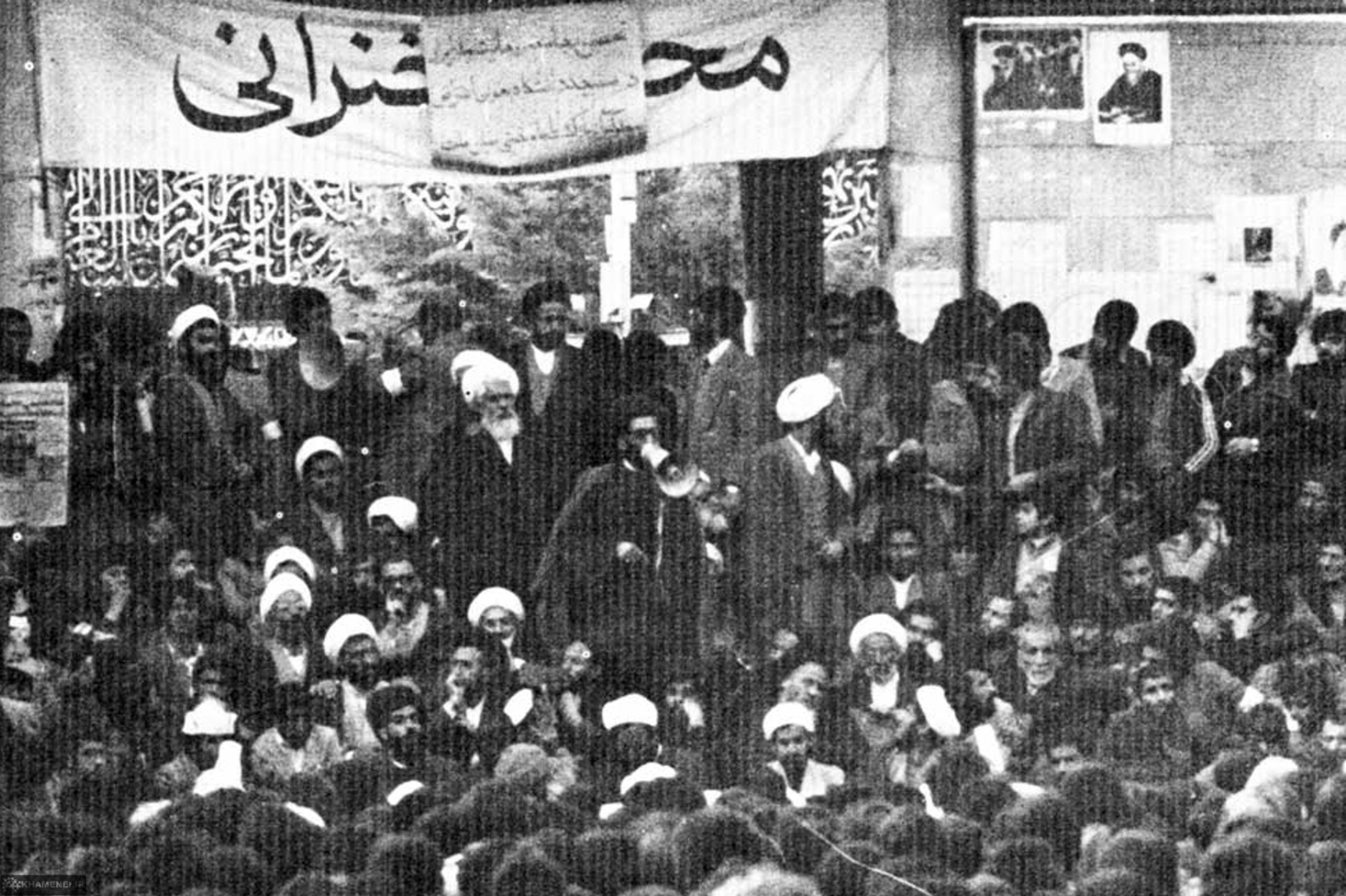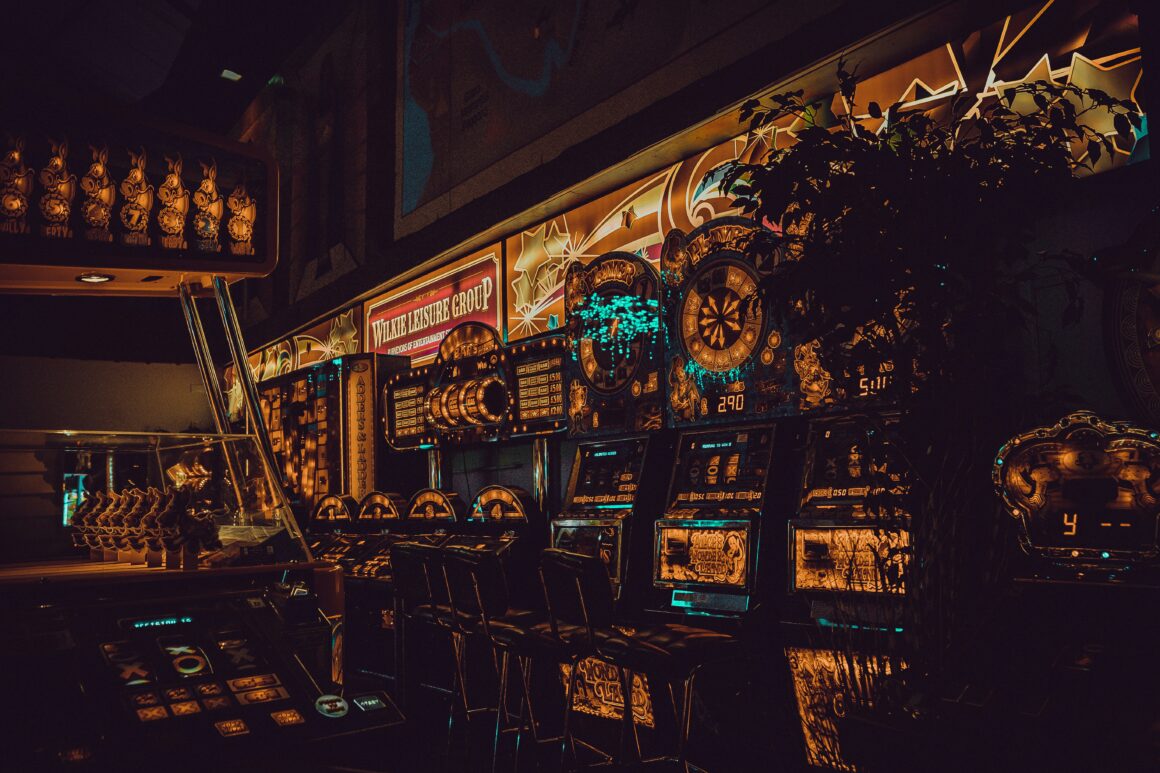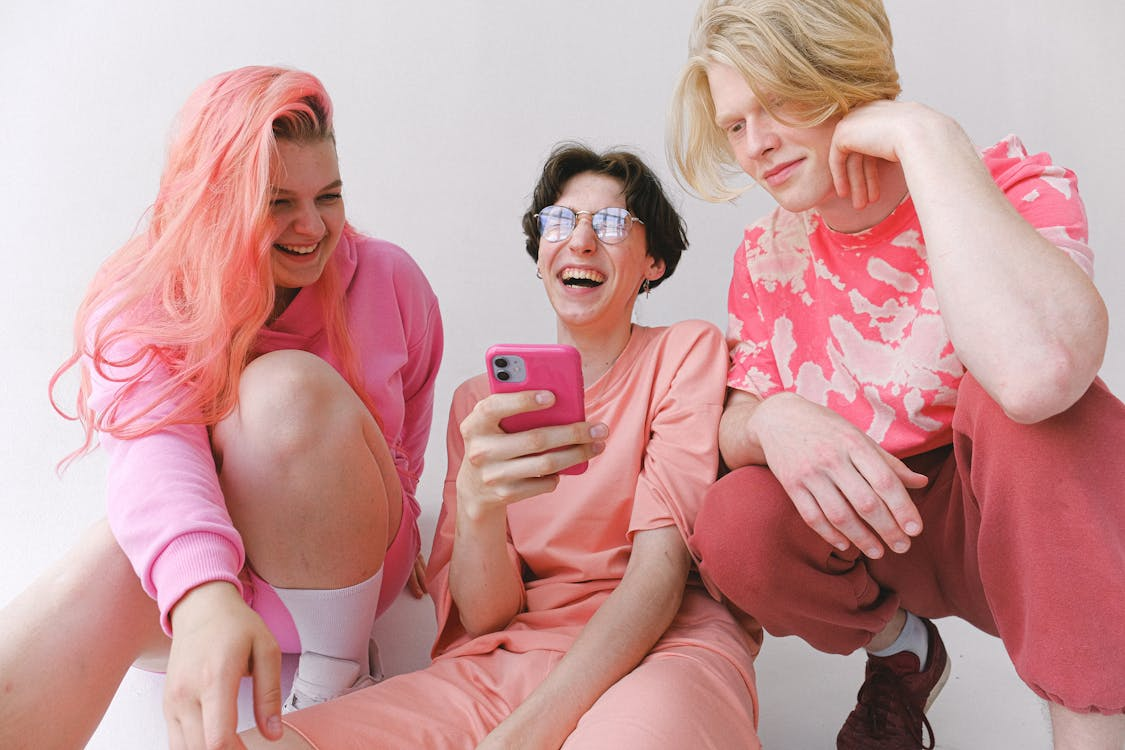Mahsa Amini was brutalized and murdered in Tehran by the ironically-named “Morality Police” for not wearing the mandatory hijab correctly. As fierce protests erupted across the country, I, as the daughter of Iranian immigrants, felt conflicted.
My hesitancy to feel the revolutionary spirit wasn’t at all because the tragedy was controversial — young, bright, and beautiful, Mahsa’s death showed the Iranian regime’s brutality clearly. Nothing about her death was surprising; Iran has been a pressure cooker of repeated killings and violent oppression for generations. Her blood mixed in my mind with the blood of countless others: young girls going to school, those of ethnic and religious minorities, political dissidents and family members. I had begun developing a tolerance for injustice, isolated in my California oasis where I had liberties Iranians die for. Headlines report bursts of hope for democracy and freedom globally, only to be followed by their crushing defeat by dictators with guns.
Like with many revolutions, the current fury felt by Iranians has been building for years. The Iranian Revolution of 1979 established an ultra-conservative Islamic dictatorship. Quickly, women saw their rights and lives slipping away as they became second-class citizens, along with religious minorities like the Baháʼí Faith and anyone opposing the tyranny. Women struggled to get jobs, they had to follow the mandatory hijab restriction and strict dress codes. There is no freedom of speech, press, or religion for anyone — today, internet access is also restricted. Resisting the government in any way led to imprisonment, torture, and murder. Like many Middle Eastern countries, sanctions against the government and bad economical management has destroyed monetary value and made everyday life a struggle, despite being rich in oil and natural resources.
With each Iranian girl murdered by the regime, everyone knows that they could be next. Mahsa’s face is that of each immigrant’s cousin, sister, daughter. When individuals cry for her, the tired tears reflect fears for our own families as well.
Mahsa Amini’s death at the hands of Iran’s theocracy allowed the shared grief and frustration to reach a climax. Women are ripping off their hijabs, which have been symbols for them of government oppression since the mandate was put in place. 15-years-old is the average age of arrested protesters in Iran. At least 402 brave protesters, including many teenagers, have been murdered by authorities. Social media has played a unique role in finally getting international attention to the plight of Iranian citizens, with incredible demonstrations of determination and bravery going viral. It’s extraordinary — these teenagers know their lives are at risk, but for them, death for freedom is better than a life of oppression.
As protests erupted across the nation, I wanted to feel their energy. I wanted to feel there was a window for progress, that enough is finally enough to topple the Islamic Republic of Iran. I wanted to, at last, wear my nationality pridefully. I wanted for Iran to be known for its fierce women, not its horrific dictators. But I believed I knew better.
My numbness came from pessimism older than my 16 years, born as my mother and my grandparents watched a TV screen from Ohio. They sat, eyes wide in horror, as they saw their country and lives burning in revolutionary fervor. It was January 1978, the start of the Islamic Revolution.

My grandfather escaped poverty in rural Iran, becoming a political science professor at a law school in Tehran. He championed ideals of democracy and freedom of speech. He can never return home to Iran. He was on sabbatical with his wife and daughter in the US when the 1979 revolution began. Ali Khamenei, the Supreme Leader of Iran today, proclaimed that “the threat of universities is more dangerous than cluster bombs.” They were aware of the potential threat of educated women who want freedom. My grandfather’s relatives wrote about professors being executed indiscriminately. My great-uncle was jailed because he wrote a play advocating for women’s rights. He was tortured, spending years with men banging weapons on his teeth and ears, retaining permanent damage, with guards shooting at random. My grandfather was purged from his position like many academics, and banned from returning home for the crime of educating women.
After watching family suffer as the regime remained in power, hope for change dwindled. A successful revolution where women were freed felt like a fever dream, and only was possible at the cost of even more martyrs. Still, hope is intoxicating and contagious. I want to do everything I can to support my sisters in Iran, who sacrifice themselves for rights I take for granted. My mother and her parents escaped Iran, meaning I’m not dying on the streets, chanting “Zan Zendegi Azadi” – Women, Life, Freedom.
It is my obligation to amplify their message and that of oppressed individuals globally, who aren’t receiving the media attention they deserve. We, who have the infinitely valuable rights of democracy and free speech, must use these fundamental liberties to fight for others and support women’s rights in Iran.
Feature image via BCC





